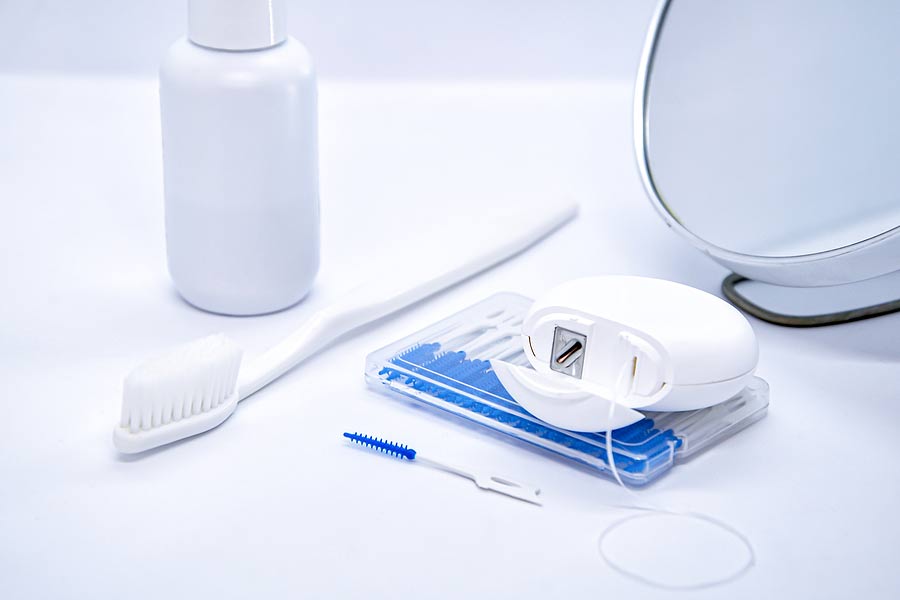Emergency Care
When you have a dental emergency, you should call a dentist immediately – most dentists allocate time to emergencies and will see you immediately.
The following tips can help preserve the tooth until your appointment:
- Knocked-Out Toothpick the tooth up by the top or crown and do not touch the root then rinse the tooth carefully. If possible, you should replace the tooth gently in the socket, otherwise place the tooth in a cup of milk or a small container of water.
- Loose Tooth or a Tooth Out of Alignment – gently try to realign the tooth – your dentist may splint the loose tooth to adjacent teeth to keep it stabilized.
- Chipped – a chipped tooth that doesn’t hurt is not usually considered a dental emergency requiring immediate attention but be careful chewing so you don’t make the chip any worse. Your dentist will either smooth out the chip or fill it in with composite material.
- Cracked and Fractured teeth – to increase the chances your tooth can be saved, rinse your mouth thoroughly with warm water, apply a cold compress to minimize swelling, and take acetaminophen to alleviate pain.
Fluoride Treatments
Fluoride is naturally present in teeth and strengthens teeth while also preventing tooth decay. Fluoride exists in water, eggs, fish, meat, and tea. Dentists recommend using toothpaste with fluoride and use fluoride in several dental treatments. Fluoride is very safe and poses no danger when used in the dosages your dentist uses.
Prior to fluoride treatment, it is very important to have clean teeth. Your dentist will polish away stains prior to treatment. Brushing with fluoride-containing toothpaste twice a day and flossing goes a long way to preventing tooth decay. It is recommended that you brush prior to going to bed so the fluoride can remain on your teeth during the night.
Fluoride Treatment Process
In fluoride treatments, children and adults are given relatively high concentrations of fluoride. Your dentist will dry the teeth then apply fluoride as a gel, foam, or varnish. Your dentist will paint the fluoride on the teeth or apply using a mouth guard-like tray. Following treatment, a patient is not allowed to eat or drink for thirty minutes.
Fluoride Varnish Treatment
Our office offers fluoride varnish treatments to all of our patients. Fluoride Varnish is an alternative to traditional fluoride treatments. The varnish is applied directly to the tooth surface, providing both immediate remineralizations as well as on-going time-release fluoride protection. Fluoride Varnish is safe for all ages and very effective in reducing and preventing decay.
Our patients who suffer from sensitive teeth report a dramatic decrease in sensitivity with continued Fluoride Varnish treatments.
Oral Hygiene
Dental hygiene or oral hygiene means maintenance of the mouth, teeth and gums. Oral hygiene is made up of at-home daily maintenance and regular visits to your dentist. The daily brushing and flossing you do at home combined with the professional cleanings provided by your dentist and dental hygienist will ensure you keep your natural teeth for a life time.
The Dental Hygiene process…
No matter how thorough an at-home brushing and flossing routine may be, calculus will build up on the teeth over time. As calculus builds below the gum line, bacteria eventually invade the area with the potential to create a host of dental problems. A dental hygienist is trained to eliminate this calculus buildup and eliminate this threat to ones health.
Dental hygienists are specialists at scraping away the hard plaque and removing calculus deposits. They also take X-rays and look for changes to the patient’s bite.
When the hygienist is done cleaning, the dentist will conduct further examination of the gums and mouth for signs of tooth decay or gum disease. The American Dental Association suggests patients schedule a visit to the dentist and dental hygienist twice a year to guarantee good oral hygiene.


